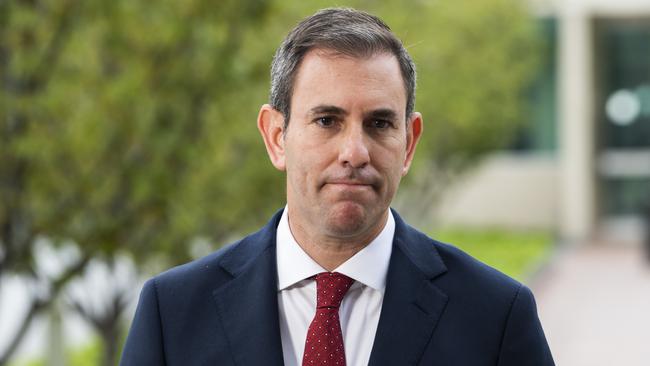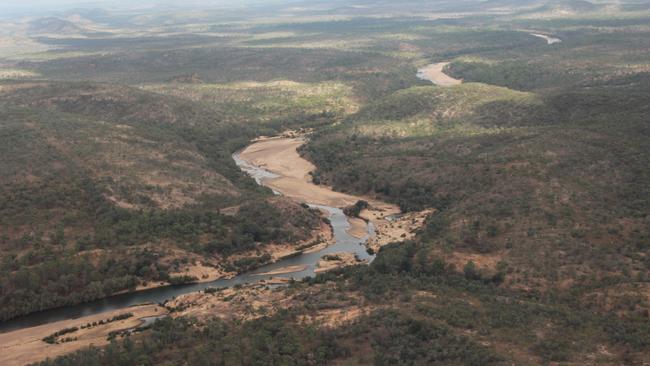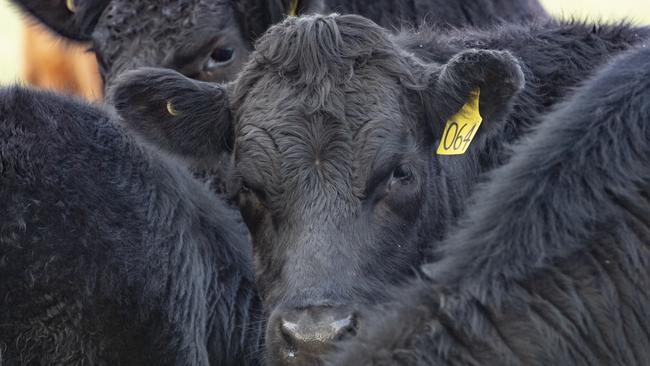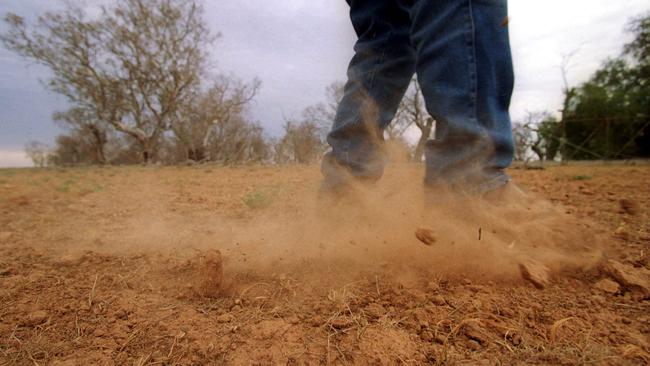Millions slashed from ag portfolio to find Treasurer “savings”
The agriculture portfolio has had its budget ripped apart by a treasurer in need of billions of savings. See where the cuts were made.
Agriculture and the regions will be $47.1 million worse off over the next four years, as Labor’s first budget in a decade redirects funding from regional programs to fund “higher priority” initiatives.
Fears for significant funding cuts to programs including those supporting regional centres earmarked for growth and agricultural shows and field days have been realised in Tuesday’s budget.
The cuts follow a government spending audit “to improve the quality of spending” that has led the federal government to redirect funding from agricultural measures in the 2019-20 budget and the 2022-23 March budget.
Prior to the release of his first budget, Treasurer Jim Chalmers flagged previous spending plans announced by the Coalition would be closely scrutinised in an effort to find $21 billion worth of savings to fund Labor’s own election commitments, namely cheaper childcare, increased paid parental leave and more affordable medicines.

The “savings” found in the agriculture portfolio and outlined in the budget include:
$30 MILLION over four years for the partial reversal of the Regional Accelerator Program, including redirecting uncommitted cash for the National Centre for Digital Agriculture Innovation and Adoption Hubs.
$14 MILLION over two years for the partial reversal of a budget measure announced in March that was going to fund Round 2 of the Agricultural Shows Development Grant program.
$2.8 MILLION in 2022-23 for the partial reversal of the Agriculture Shows and Field Days program, including redirecting uncommitted funding from Round 2 of the same program.
$300,000 in 2022–23 for the partial reversal of the National Agricultural Workforce Strategy program.
These measures were identified as part of the government’s spending audit, “which has focused on the quality of spending, uncommitted funding, duplicative measures and reprioritising existing funding towards higher priority initiatives and budget repair,” the budget papers said.
While funding for field days and agricultural shows has been cut, the budget includes $12.3 million over the next three years to sponsor regional trade events such as Beef Australia, LambEx, Hort Connections and the second Dairy Symposium.

Funding will also be stripped from the National Water Grid Fund to the tune of $4.6 billion over 12 years.
The $5.4 billion Hells Gates Dam project in Queensland will be axed, while funding of almost $900 million for the Dungowan Dam and Pipeline, Emu Swamp Dam and Pipeline, Hughenden Irrigation Scheme and Wyangala Dam Wall Raising projects will be deferred and reconsidered once businesses cases are completed.
Unallocated or uncontracted funding of $173.5 million from the NWG fund will also be redirected to other “higher priority initiatives or budget repair”.
The government will also “retain” $1 billion over eight years from 2026-27 from the NWG fund to pay for other initiatives.

BIOSECURITY
Funding cuts aside, amid the backdrop of lumpy skin and foot and mouth disease spreading in Indonesia, the federal government will invest significant funds to bolster Australia’s biosecurity capabilities.
The Labor government will spend $134.1 million over four years, starting with $38.3 million in 2022-23, to ramp up the nation’s preparedness for an exotic incursion.
A $61.6 million cash injection over the next two years will improve domestic detection and response capabilities in Northern Australia and provide assistance to Indonesia to deal with its disease outbreaks.
This funding was allocated in the former Coalition government’s March budget, but has been fast-tracked to be spent over the next two years instead of over four as originally intended.
Over the next three years $46.7 million has been allocated to speeding up the development of a national livestock traceability system, doubling the former Morrison government’s allocation of federal funding for the project.
It follows a January 1, 2025, deadline recently set by agriculture ministers to introduce mandatory electronic tags for sheep and goats.
The number of detector dogs will swell by 20 with $11.7 million allocated over the next four years to expand their footprint at mail centres and airports Australia-wide.

DROUGHT READINESS
Despite coming to the federal election without a drought policy, the federal budget has addressed this with a commitment to spend $20.8 million over the next two years to support Australia’s readiness to respond to drought events.
Of this, $14.3 million will be spent driving adoption of established drought resilience research, while the remaining $6.6 million will maintain existing capability for future drought preparedness and support the delivery of the National Drought Agreement and National Drought Plan.
FORESTRY
Election commitments to the forestry sector will be delivered, including a $100 million investment to set-up a National Institute for Forest Products and Innovation and $86.2 million to private industry and state-owned forestry corporations to establish new forestry plantations.
A further $10 million will be spent on training and accredictaion needs and $8.6 million to extend funding to the Regional Forestry Hubs.
Agriculture Minister Murray Watt said Australia’s timber industry played an important role in the regions.
“Together these measures will strengthen the forest industry’s capacity to make greateruse of the available timber resource and drive innovation and growth,’ Senator Watt said.
NET ZERO
On Sunday, Climate Minister Chris Bowen ended weeks of speculation by signing Australia up to the US led Global Methane Pledge, which commits signatories to voluntary efforts to reduce methane emissions by 30 per cent by 2030.
To help the farming sector realise this goal, the federal government will invest $8.1 million to support the commercialisation of red seaweed, called asparagopsis, as a low emissions feed supplement.
The money will go towards establishing a National Hatchery Network, policy reform and research and development activities.
LAND CONSERVATION
The budget includes $20.3 million for the establishment of an outreach program “to empower Australian farmers and land managers” to engage in carbon markets and integrate low emission technologies and practices.
National Heritage Trust funding will be continued, with $302.1 million over five years to support farmers’ transition towards sustainable farming and land management practices.
ADBLUE
Almost $50 million will be spent over four years securing a stockpile of five weeks of emergency supply of technical grade urea, a key component of diesel exhaust fluid, and to create a grant program to encourage small-scale diesel exhaust fluid manufacturing projects.
An online data collection and reporting mechanism for the diesel exhaust fluid market will also be set up at a cost of $4.6 million.
WATER
Delivering on a pre-election commitment, to restore trust in the management of the Murray Darling Basin $29 million will be spent improving metering and monitoring of water use and increased regulatory compliance.
Almost $23 million will be spent over the next four years “to update the science” for water management in the basin ahead of the statutory Basin plan Review in 2026.





